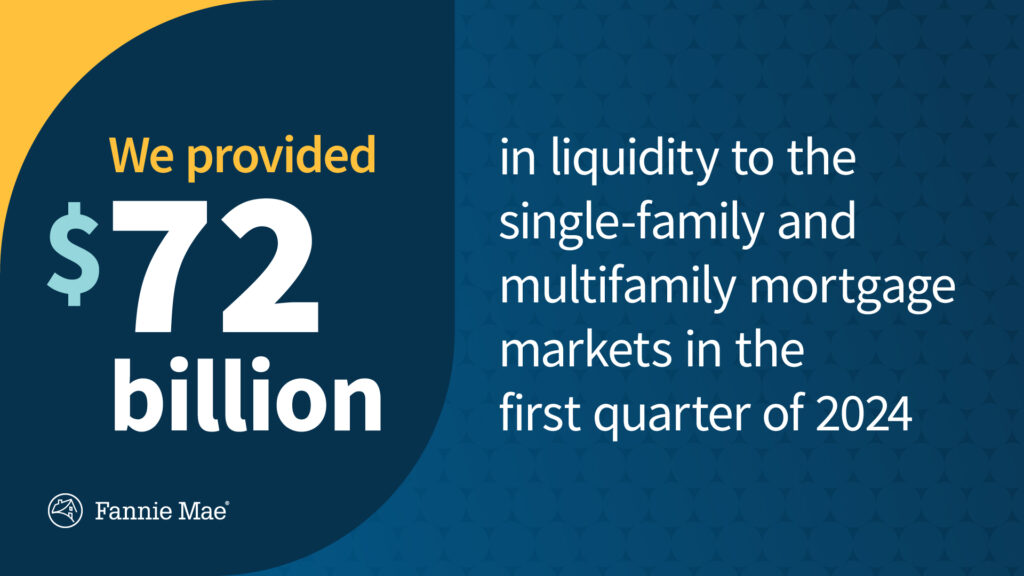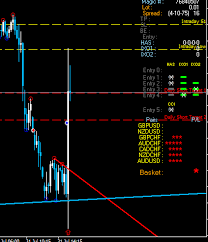
Introduction
Fannie Mae, officially known as the Federal National Mortgage Association, is a government-sponsored enterprise (GSE) that plays a critical role in the United States housing finance system. Established in 1938, its primary function is to expand the flow of mortgage funds in the housing market, thereby promoting homeownership and affordable housing. As economic challenges and housing affordability become prominent issues in Canada and the U.S., understanding Fannie Mae’s operations and objectives is increasingly relevant.
Fannie Mae’s Operations
Fannie Mae functions by purchasing mortgage loans from lenders, providing them with capital to offer more mortgage loans to consumers. This process ensures liquidity in the mortgage market, enabling banks and lenders to provide loans to homebuyers and homeowners seeking refinancing. In recent years, Fannie Mae has leveraged technology to enhance underwriting processes, streamline loan origination, and improve borrower experiences through digital solutions.
Current Developments
In light of the ongoing economic recovery post-COVID-19 pandemic, Fannie Mae has made several strategic decisions impacting its operations. Notably, as of late 2023, it has adjusted its pricing models to mitigate risks associated with rising interest rates and housing inflation. As per recent reports from the Federal Housing Finance Agency (FHFA), Fannie Mae aims to increase support for first-time homebuyers and low- to moderate-income households through innovative products and flexible lending practices.
Furthermore, the federal commitment to affordable housing initiatives has led Fannie Mae to expand its financing for affordable units, collaborating with local governments and nonprofit organizations. These efforts are essential as the housing crisis persists, with rising prices and stagnant wage growth making it increasingly challenging for individuals and families to afford homes.
Conclusion
As Fannie Mae continues to adapt to evolving economic conditions, its influence on the housing market in the U.S. will likely grow. For potential homebuyers, investors, and industry professionals, staying informed about Fannie Mae’s policies and programs can provide valuable insights into the mortgage landscape. Looking ahead, with a focus on increasing housing accessibility and affordability, Fannie Mae’s role remains significant, making it a key entity to watch for future developments in housing finance.




